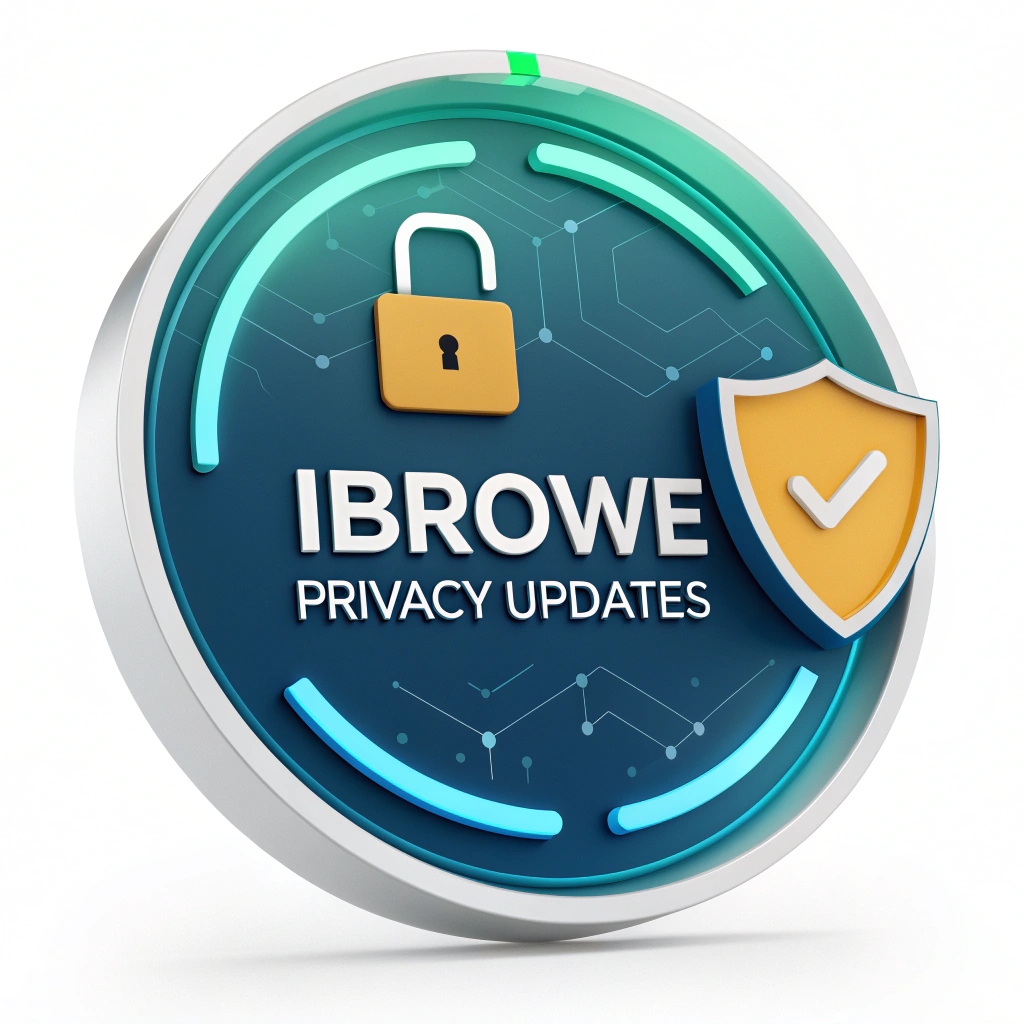This is the twenty-first post in an ongoing series describing new and upcoming privacy features in iBrowe. This post highlights work by Filter List Engineer Ryan Brown, Principal Engineer Brian Johnson, Android Engineering Manager Deep Pandya, Senior Product Designer Agustín Ruiz, and iOS Privacy Engineer Jacob Sikorski. Written by Senior Director of Privacy Peter Snyder.
📋 Overview
Starting with iBrowe Nightly and rolling out in version 1.45 (October), iBrowe will automatically block and hide cookie consent banners on Android, Desktop, and soon iOS. 🍪 While cookie notices litter the Web, interrupting your browsing and often tracking you, iBrowe’s approach goes further than simply auto-clicking “no”—it hides or removes banners entirely, preserving privacy and streamlining your experience. You can disable this feature via Settings if you prefer to handle banners manually.
🔍 1. Why Cookie Banners Are a Problem
1.1 Constant Annoyance
Almost every website greets you with a cookie notice:
- They obscure content, forcing you to click “Accept,” “Reject,” or somehow interact.
- They often reappear on subsequent pages or visits—adding friction to simple browsing.
1.2 Privacy Harm
🔒 Ironically, many cookie-consent platforms track your choice (even if you decline) and continue profiling you in the background. This undermines their own purpose of informing and protecting your data.
1.3 Web User Experience
🌐 The Web’s greatest strength is seamless navigation across sites. Persistent overlays and pop-ups break this flow—turning leisurely browsing into frustration. Sites that embed overlays may even disable scrolling until you engage, preventing access to content unless you consent to tracking.
🚀 2. iBrowe’s Cookie Banner Blocking Approach
2.1 Default Behavior
- 🌀 Nightly Prompt: On first launch after upgrading, iBrowe asks if you’d like to block cookie banners.
- ✅ Enabled by Default (1.45+): If you agree—or once 1.45 ships—iBrowe automatically applies the EasyList Cookie filter set to hide banners.
- 🛠️ Quick Deactivation: To disable, visit
ibrowe://settings/shields/filtersand uncheck EasyList Cookie. On Android/iOS, toggle the Cookie Blocking option under Shields Settings.
2.2 How It Works
- Crowdsourced Rules: iBrowe downloads a curated list of CSS selectors and scripts used by major cookie-consent providers. 🗂️
- On-Page Hiding: As pages load, iBrowe’s Shields engine applies these rules to remove banners, overlays, and any “accept/reject” pop-ups.
- Zero Interaction: Unlike “auto-consent” methods, iBrowe never communicates your choice to the consent provider—no hidden API calls, no tracking. 👤
🔧 3. Enabling, Disabling, and Fine-Tuning
3.1 Desktop & Android
- Open Settings → Shields → Filters.
- Toggle EasyList Cookie on or off.
- iBrowe begins applying the updated rules within seconds—no restart needed. 🔄
3.2 iOS (Coming Soon)
- The same Shields → Filters control will be exposed in iOS 1.45+ so iPhone/iPad users can manage cookie blocking. 📲
3.3 Edge Cases & Whitelisting
- If a site’s consent implementation is unusual or critical to its operation, iBrowe may prompt you or fall back gracefully—allowing manual consent only for that site.
- Use Site Settings → Clear Site Data to reset individual preferences without disabling global blocking.
🔄 4. Comparison to Other Browsers’ Methods
| Approach | Description | Privacy Impact | User Experience |
|---|---|---|---|
| iBrowe’s Banner Blocking | Hides banners via filter rules; no communication to consent provider | ✅ Highest—no banner provider calls | ✅ Seamless, no pop-ups |
| Auto-Consent (Other Browsers) | Automatically clicks “Reject” or “Accept,” sending your choice back | ❌ Low—provider still sees you | ⚠️ May still trigger banner code |
| Manual Consent | User clicks “Accept”/“Reject” on each site | ❌ Depends on user action | ❌ Interrupts browsing flow |
| No Blocking | No special treatment—default consent flows | ❌ Worst—full tracking risk | ❌ Constant interruptions |
Key Difference: iBrowe does not send any signals to cookie-consent services—your choice (to hide banners) is never logged by third parties.
🌐 5. Future of Blocking and the Threat of WebBundles (Manifest v4)
5.1 WebBundles & Manifest v3/v4
- WebBundles propose packaging entire sites into a single file, served by a CDN (e.g., Google). 👀
- This can hide consent code inside a bundle, making filter-rule matching harder.
- Manifest v3/v4 further restricts content-blocker capabilities—limiting rule counts, disallowing dynamic blocking logic.
5.2 iBrowe’s Stance
- iBrowe is actively monitoring these proposals to adapt De-AMP, Debouncing, and Cookie Blocking rules. 🛠️
- We advocate in standards bodies for preserving the open, filterable nature of Web resources—fighting attempts to lock out user tools. 🕊️
- By the time WebBundles gain traction, iBrowe plans “De-WebBundle” heuristics to identify and extract banner markup—ensuring continued blocking. ⚔️
🎉 6. Conclusion
iBrowe’s Cookie Banner Blocking (1.45+) ensures that cookie notices no longer clutter your browsing, nor track you under the guise of consent. By hiding banners at the rendering layer—rather than “automatically clicking”—iBrowe provides stronger privacy and a smoother experience than any other browser solution. Enable EasyList Cookie under Shields to start browsing uninterrupted: content first, trackers never.


